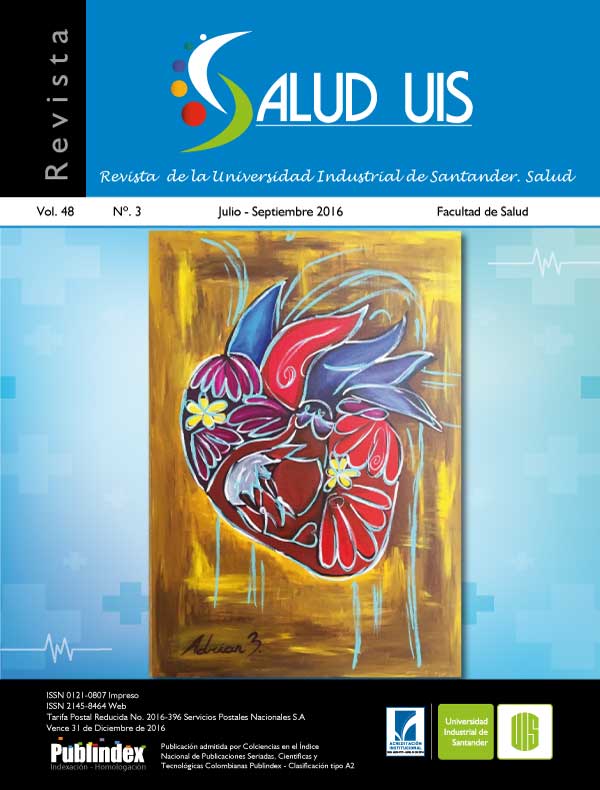Resumo
Introduction: Understanding Aedes (Stegomyia) aegypti (L) behavior will provide insight into the design of entomological surveillance devices. Objective: Design and build a trap for surveillance Aedes aegypti. Methodology: We examined egg-laying preference and the ability to capture adult Ae. aegypti using containers that differed in shape, color and internal retention systems. The characteristics most effective in capturing adult mosquitoes were used to develop a prototype efficient in trapping mosquitoes. The shape of the prototype was determined by examining oviposition preference of containers having circular, square and triangular bases. Color discrimination was assessed by covering the bodies of the containers in green (523 nm), red (621 nm), white and gray (the chromatic scale from black to white). The propensity of Ae. aegypti to enter the containers was assessed by incorporating an entrance to the container in the shape of an inverted truncated oblique pyramid with base, middle and apex dimensions of 6.5-4 cm, 5-2.5 cm and 4.5-1.5 cm, respectively. All variables as the number of egg and adults captured in treatments were subjected to variance analysis; only data with P < 0.05 were considered significant. Results: Our results indicate that neither shape nor entrance dimension attract ovipositing Ae. aegypti females [K-W: H (3, N = 64) = 0.3222769 p = 0.9558 and K-W: H (3, N= 16) = 4.284865 p = 0.2323, respectively]. However, we found that the color red had a high positive response [K-W: H (4, N = 80) = 20.81260 p= 0.0003]. Conclusions: The final design of the trap resembled a truncated pyramid with a red square base, a black oblique entrance of 5 x 2.5 cm and an internal retention system. The final prototype had a capture rate of 90.5 ± 5% under laboratory conditions.

Este trabalho está licenciado sob uma licença Creative Commons Attribution 4.0 International License.
Copyright (c) 2022 Jessica Peña Torres, Mónica Navarro Aranda, Hector Julio Parra Moreno, Jonny Edward Duque
